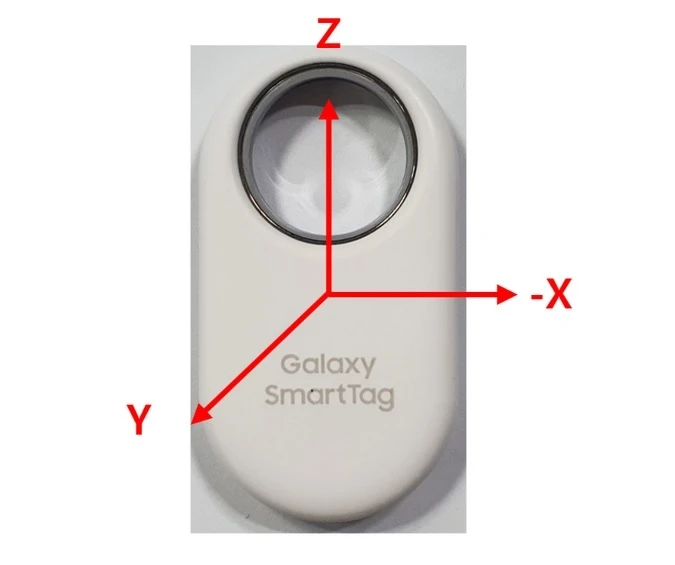Samsung‘s next-gen tracker, the Galaxy SmartTag 2, is gradually gaining traction with recent updates pointing towards significant improvements over its predecessor. After a previous hint of the new device earlier in July, the Samsung Galaxy SmartTag 2 has earned all the necessary certifications it needs. That could only mean one thing. Read on to find more.
The SmartTag was previous spotted earlier this month when it got a Bluetooth SIG certification
Last month, the SmartTag 2 obtained Bluetooth SIG certification with Bluetooth 5.3 support, an advancement over its predecessor’s Bluetooth 5.2, aiming to enhance power consumption, device performance, and user experience. Further confirmation comes from the SmartTag 2’s recent emergence in an FCC application, carrying the EI-T5600 model number. The device was originally spotted in the Bluetooth database, sparking anticipation for its release.

Surprisingly, Samsung has taken a new design approach for the Galaxy SmartTag 2, replacing the rectangular shape of the original SmartTag with an oblong one. It now includes a substantially larger hole for keyrings, though its actual size remains undisclosed due to a lack of reference points in the released live photo.
Key details from the FCC application reveal Bluetooth LE and UWB (Ultra-Wide Band) connectivity for the SmartTag 2. This is particularly noteworthy as the original SmartTag came in two versions, only one of which, the SmartTag+, featured UWB connectivity. The absence of any reference to a “Plus” variant in the FCC application suggests a possible single next-gen model with both Bluetooth and UWB connectivity.
Notably, the SmartTag 2 does not include a “2” in its printed name, only identified as such in its FCC application. Other known improvements over the original include enhanced wireless range, security, and a longer-lasting battery life.
Despite these revelations, Samsung has remained pretty hushed about the Galaxy SmartTag 2’s release date, and it was not announced at the recent Galaxy Unpacked event (which would’ve been a great launch pad for the new design). However, given these developments, an early release in 2024 wouldn’t be surprising at all.
RELATED:
- Samsung may introduce next-gen Galaxy SmartTag and Galaxy Buds 3 this year
- New patent filing indicates OnePlus may be working on a SmartTag, AirTag rival
- Best Office Chairs 2023 – Herman Miller, Flash Furniture & More
(Via)






